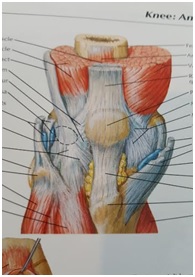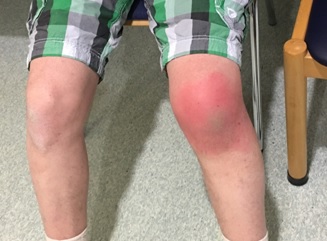Physiotherapy Oakville Sprain VS Strain
When given your ultrasound or MRI report it can always be confusing understanding all the terminology. Through this Oakville Physiotherapist blog we will be defining the different types of sprains and strains seen in ligaments and muscles. Should you ice or heat your injury click HERE for more.

How your Physiotherapist Grades Sprains
Sprains are only seen in ligaments and not muscles. They can be graded from 1 to 3, 1 being of the lower severity and 3 being the most severe. Sprains can also be written down on reports as tears or frays. A grade 1 sprain involves a small number of ligament fibers and tends to be localized in regards to pain. Our Oakville physiotherapist says you will have most of your range of motion but may have a small limitation at the end-range of movement with the presence of minimal swelling and hemorrhage (redness). Grade two sprains on the other hand are defined as any partial tear in the ligament ranging from 5-99% of its fibers. This tends to be the most common type of sprain with localized pain, moderate swelling and hemorrhage. There will be minimal to moderate laxity of the range of motion with end range movement possibly being limited with pain. Grade 3 sprains are complete tears of the ligament. Interestingly is that the pain may not be localized as some soft tissue is usually associated with these injuries. These sprains will have extensive swelling and hemorrhage, thus preventing range of motion in the majority of directions of the associated joint.
How your Physiotherapist Grades Strains
Learn more about our Physiotherapist and healing.

In clinical practice strains and sprains are the most common injuries physiotherapists see on a visit-to-visit basis. Many times these conditions are not seen in isolation and tend to be seen congruently during an injury. They are usually provoked from a mechanism of injury, such as trauma, a motor vehicle accident, poor lifting techniques, or a powerful movement. Sprains and strains can be seen anywhere in the body and therefore should be screened and assessed to always rule out other pathologies upon an initial assessment by your physiotherapist.
